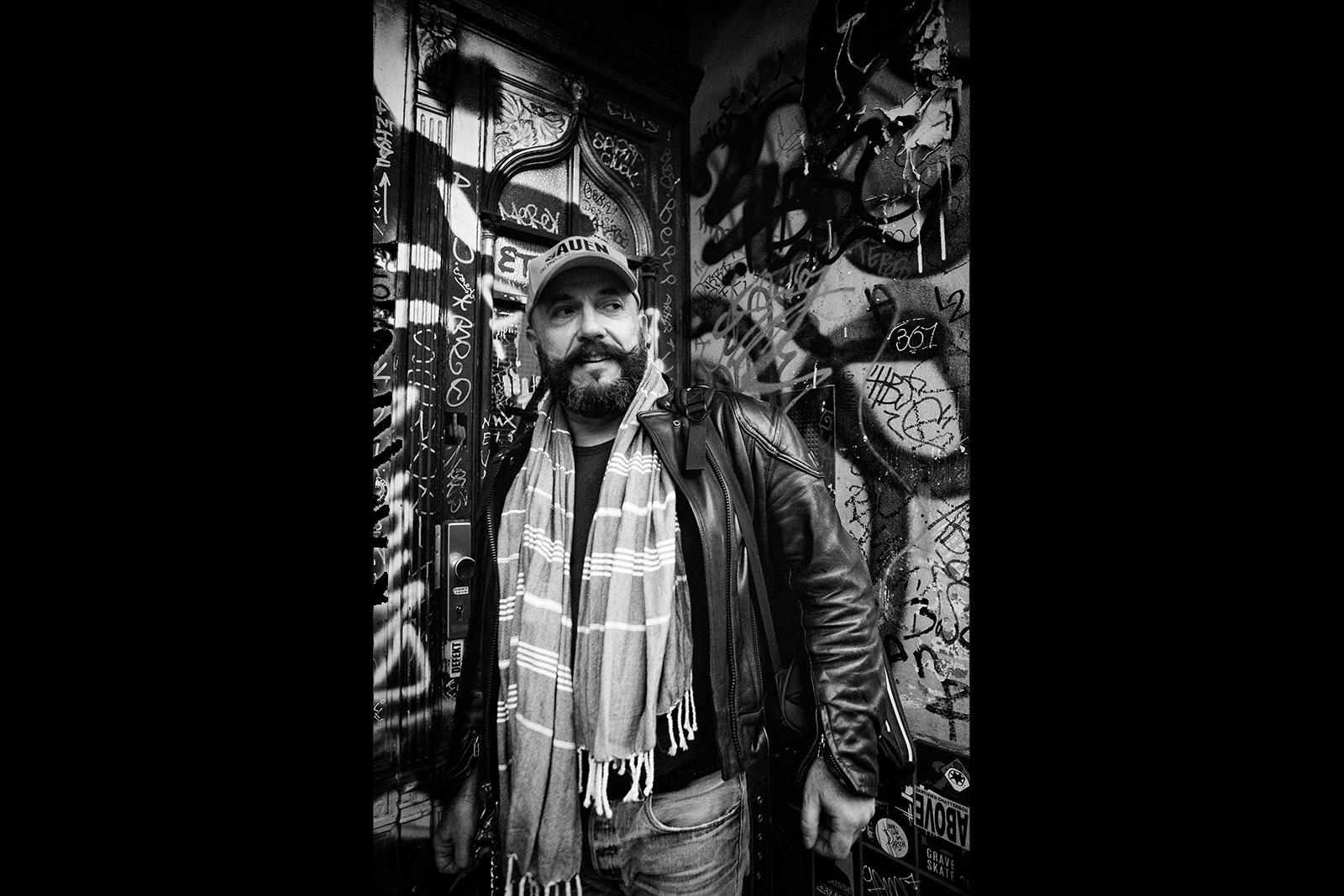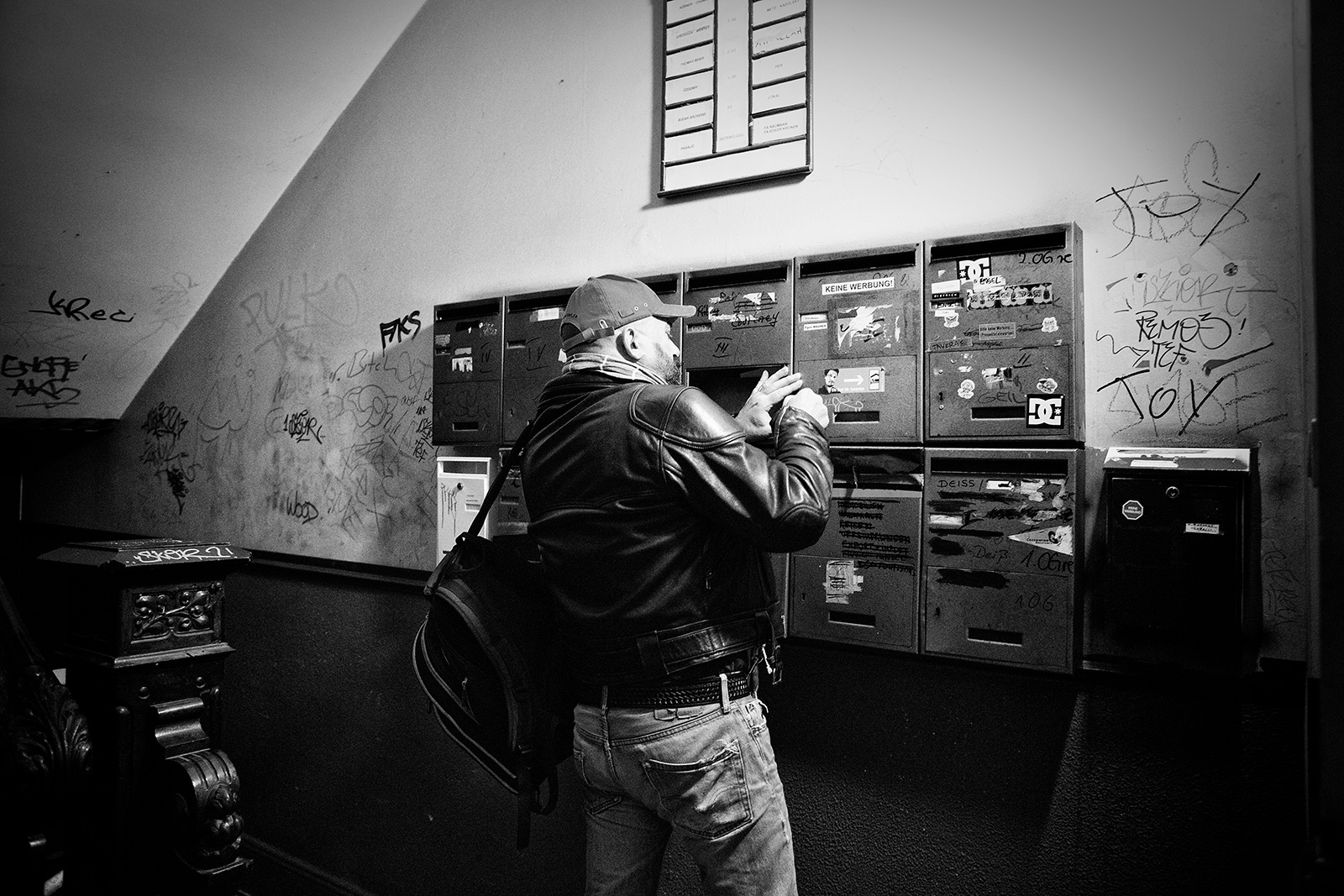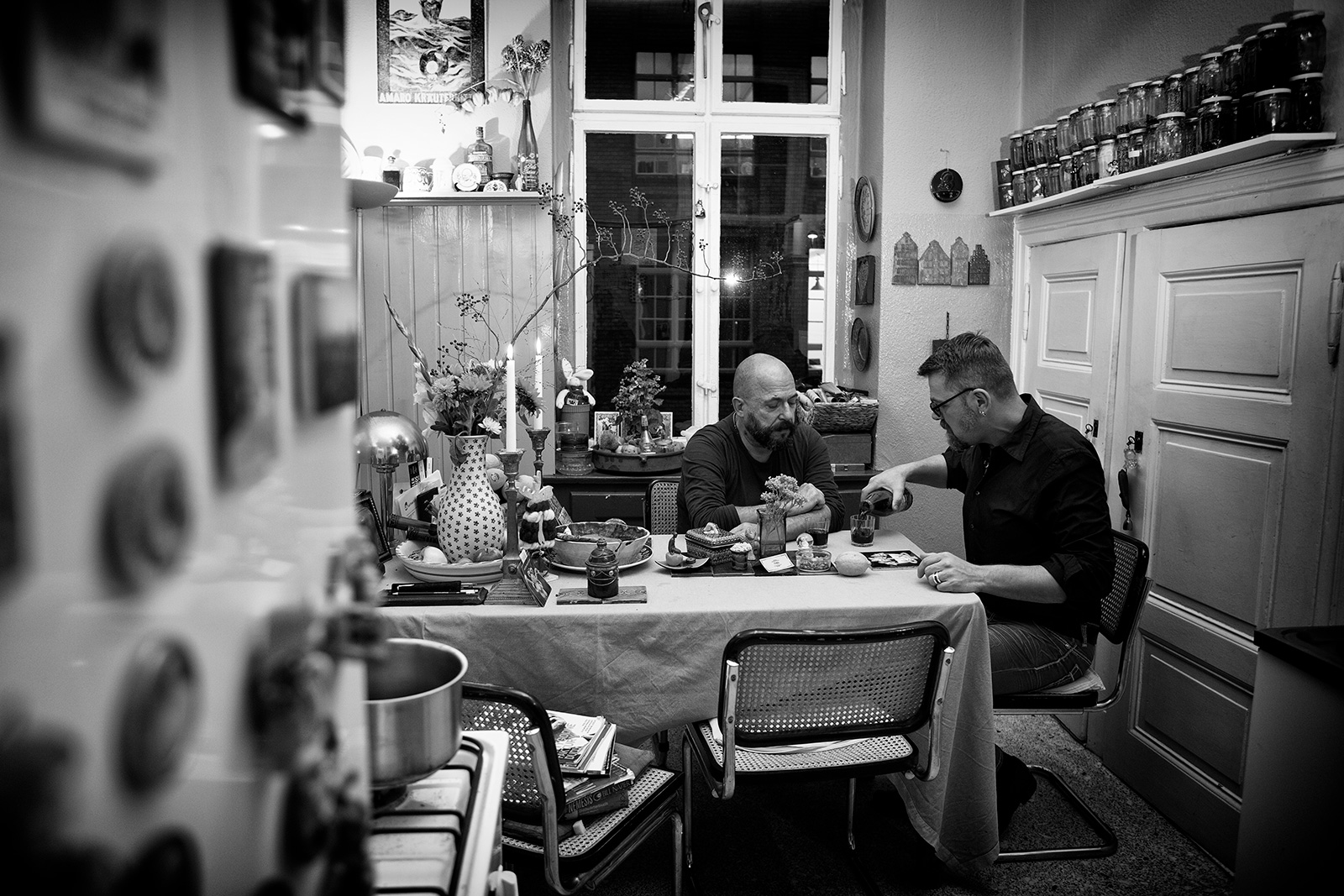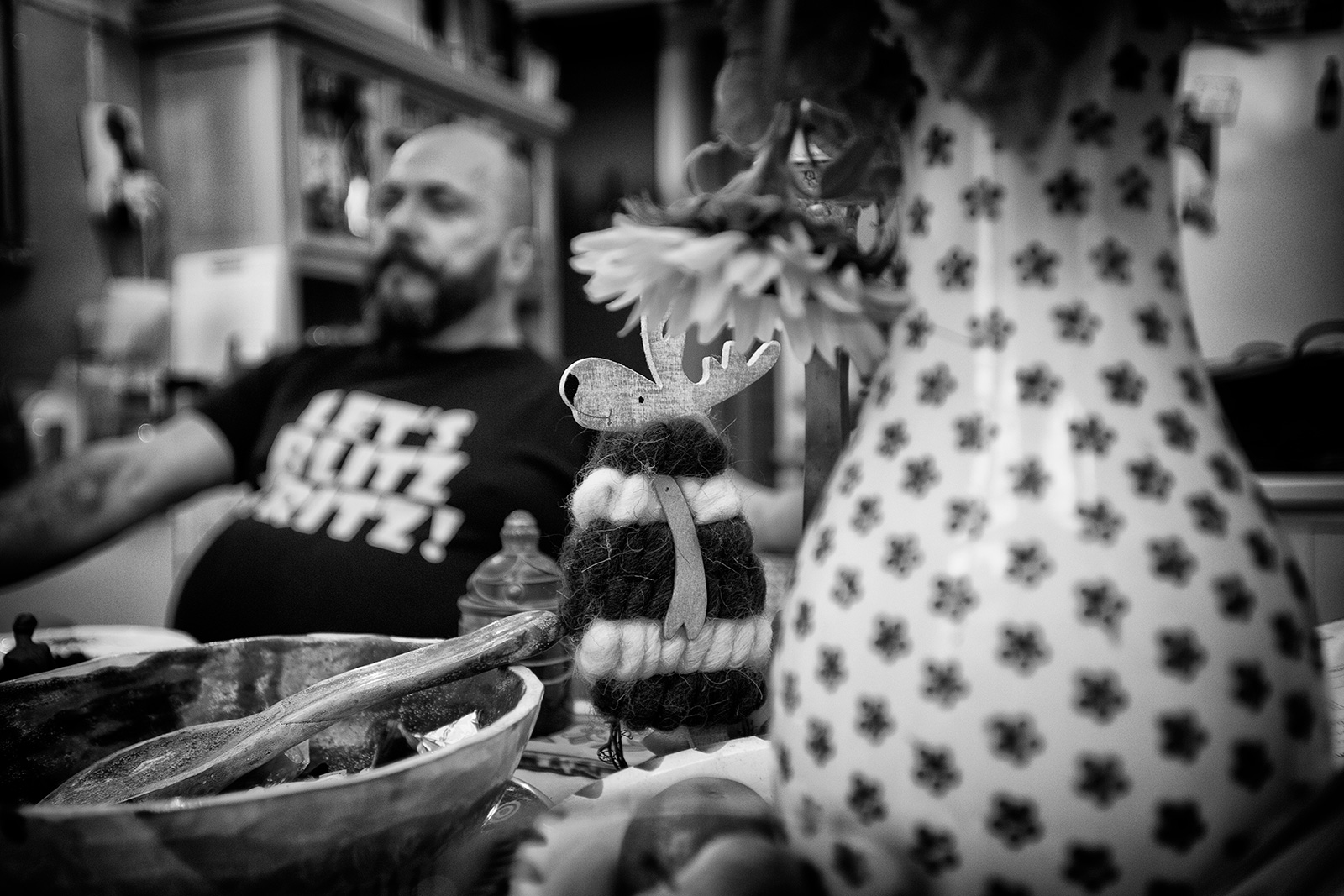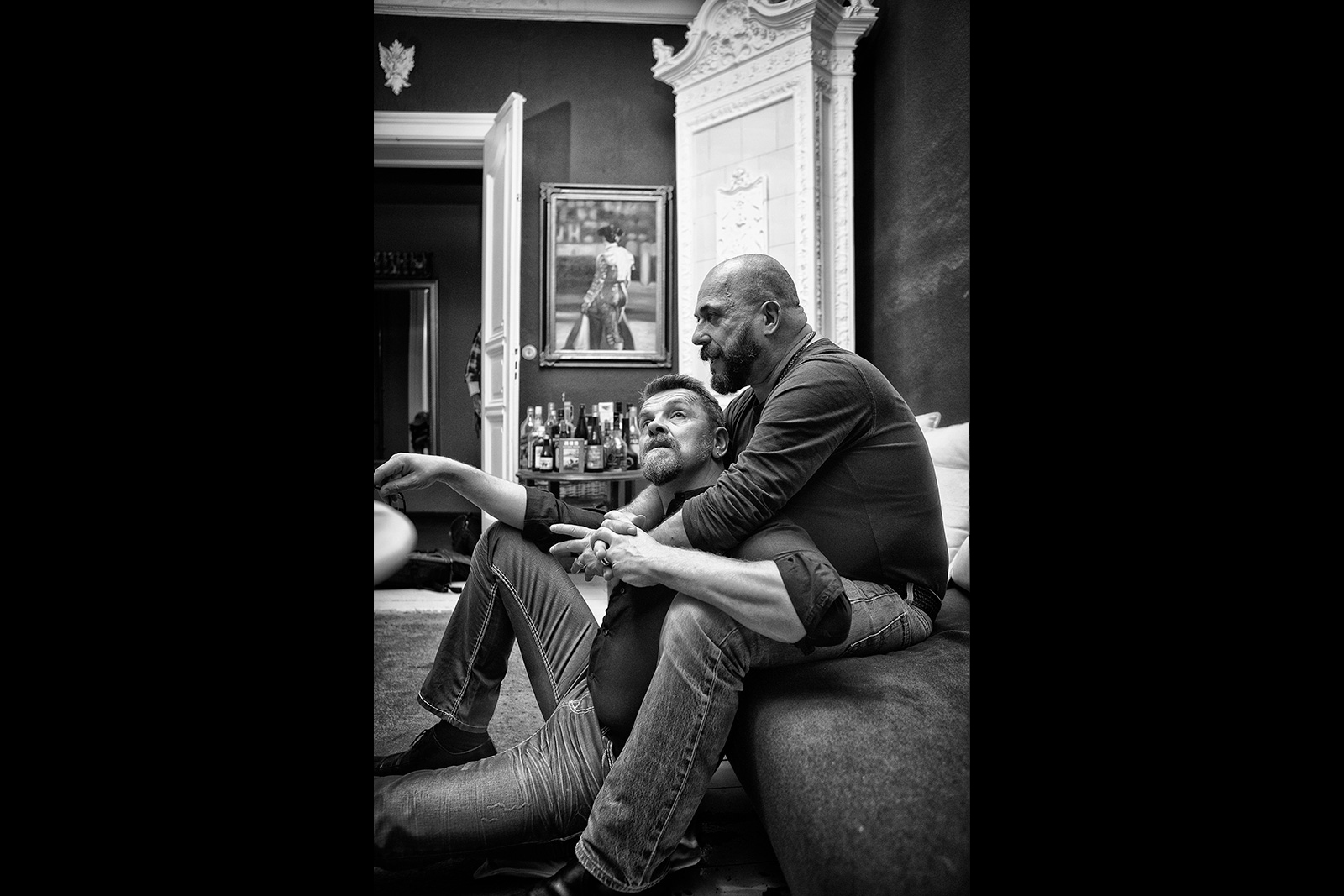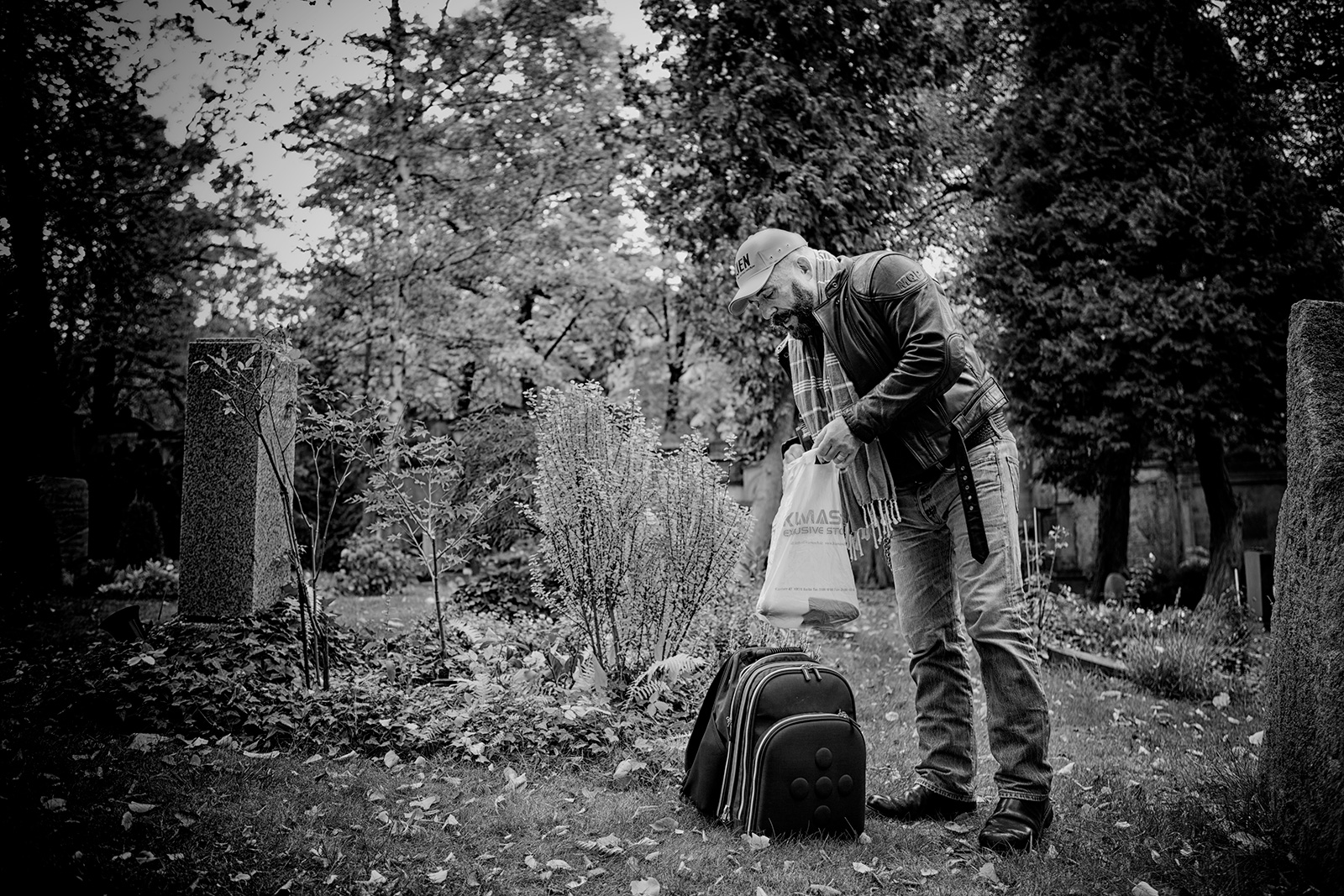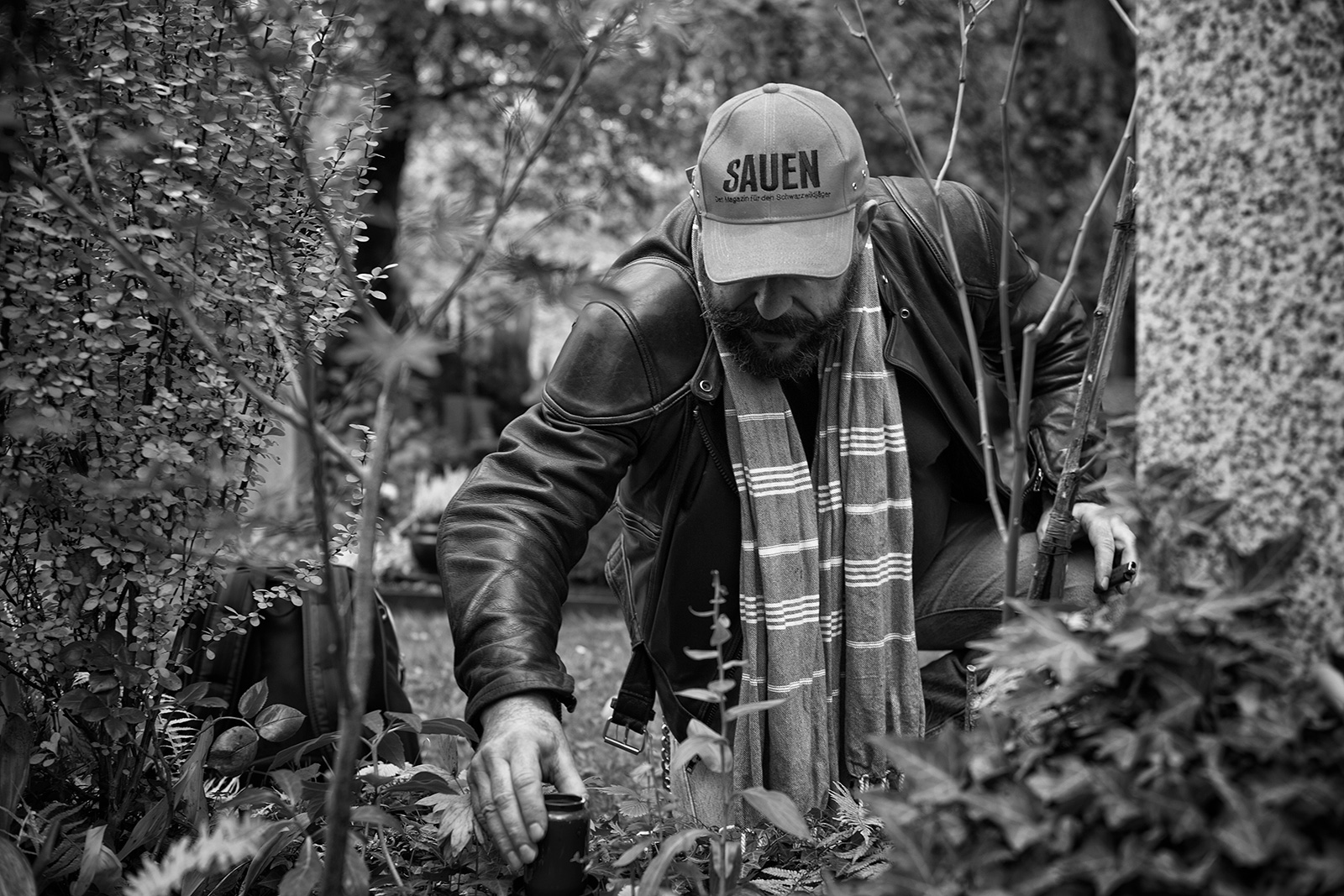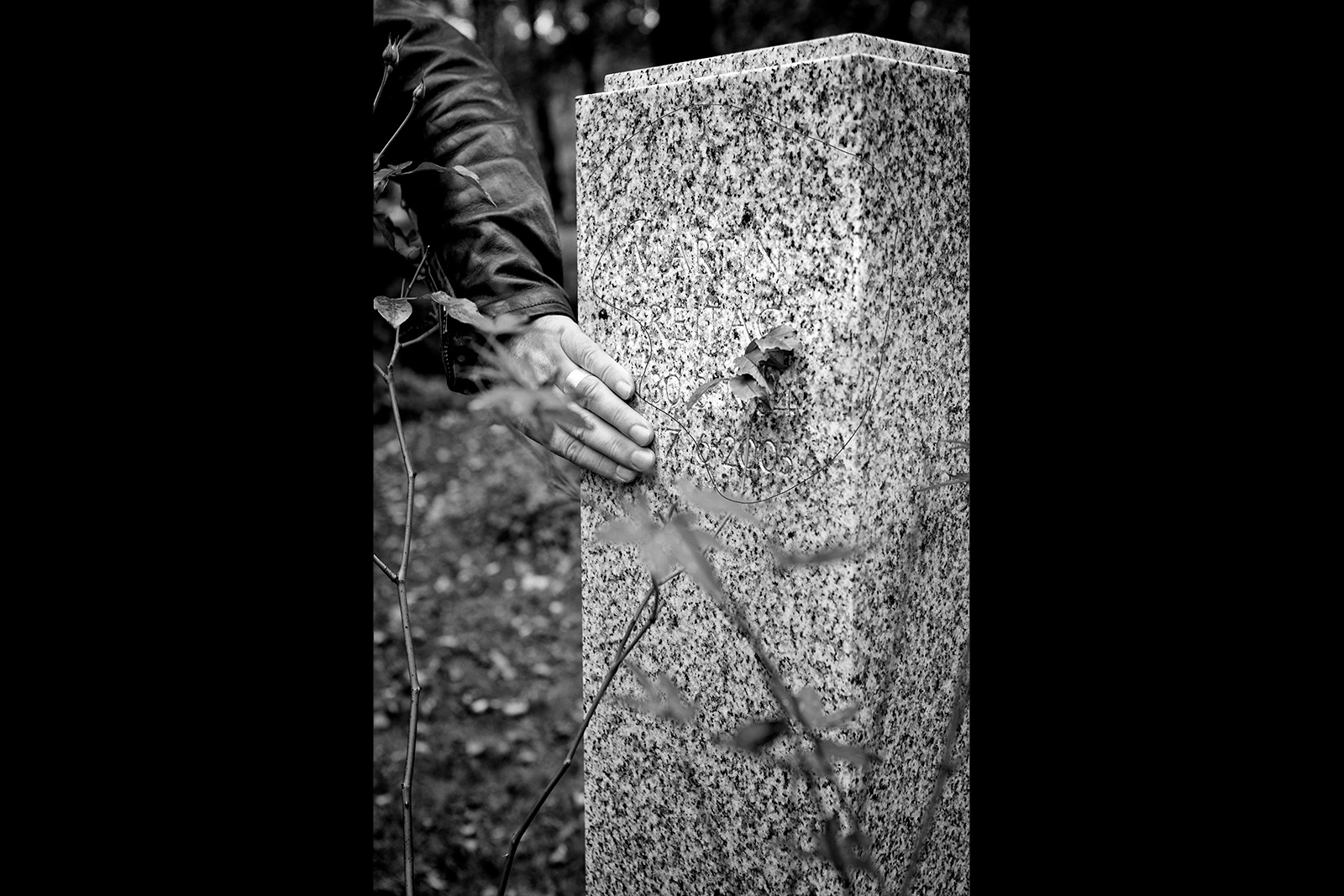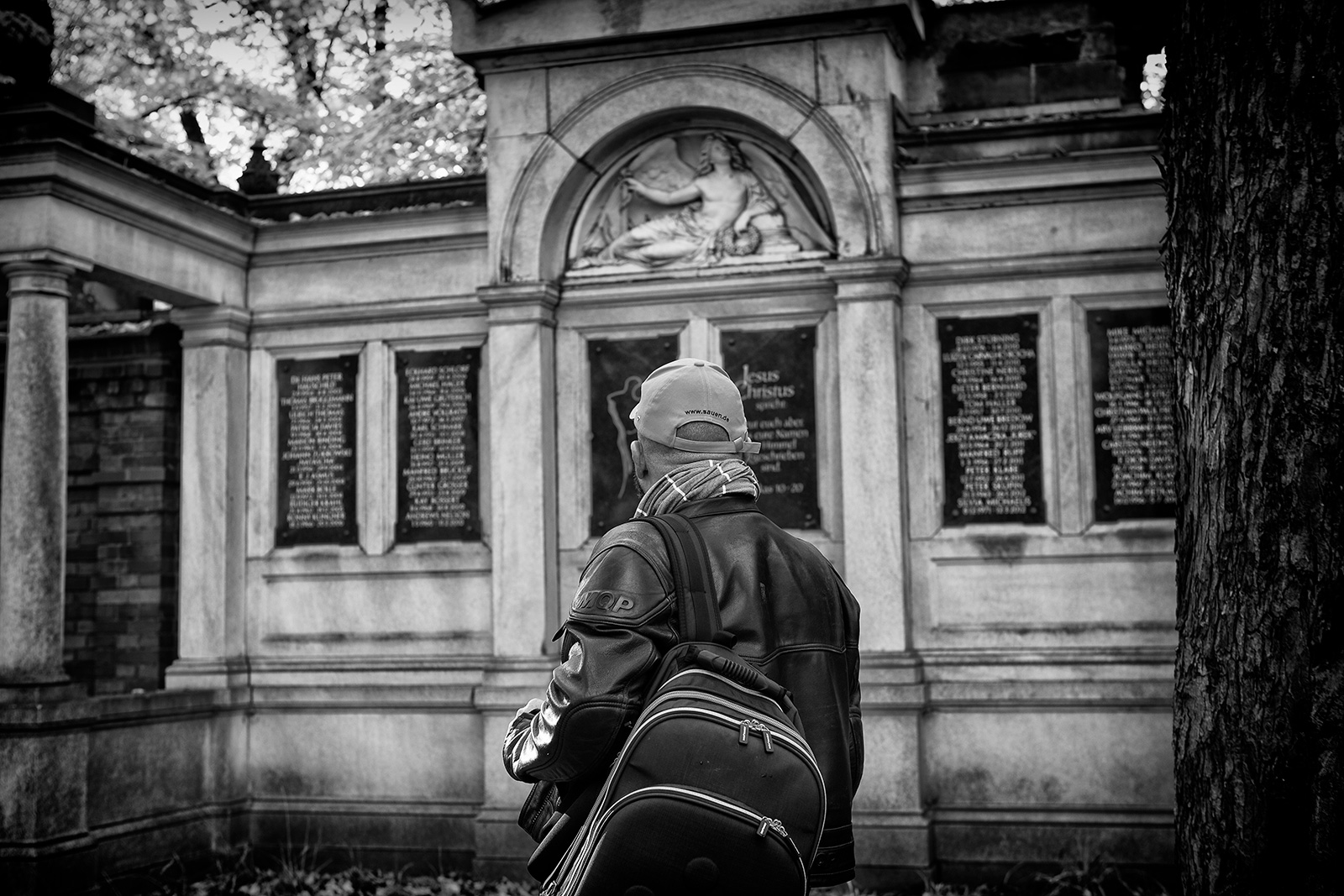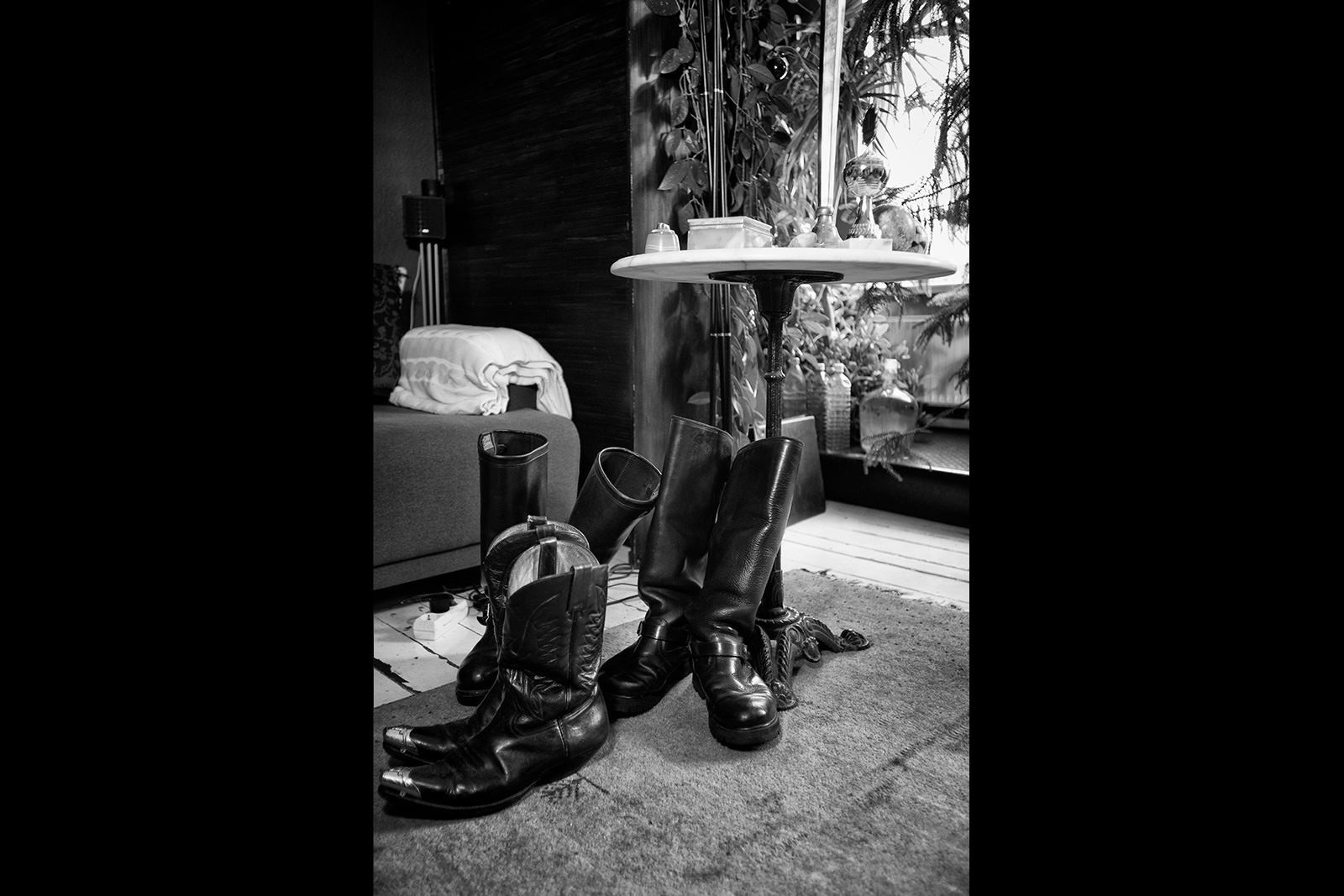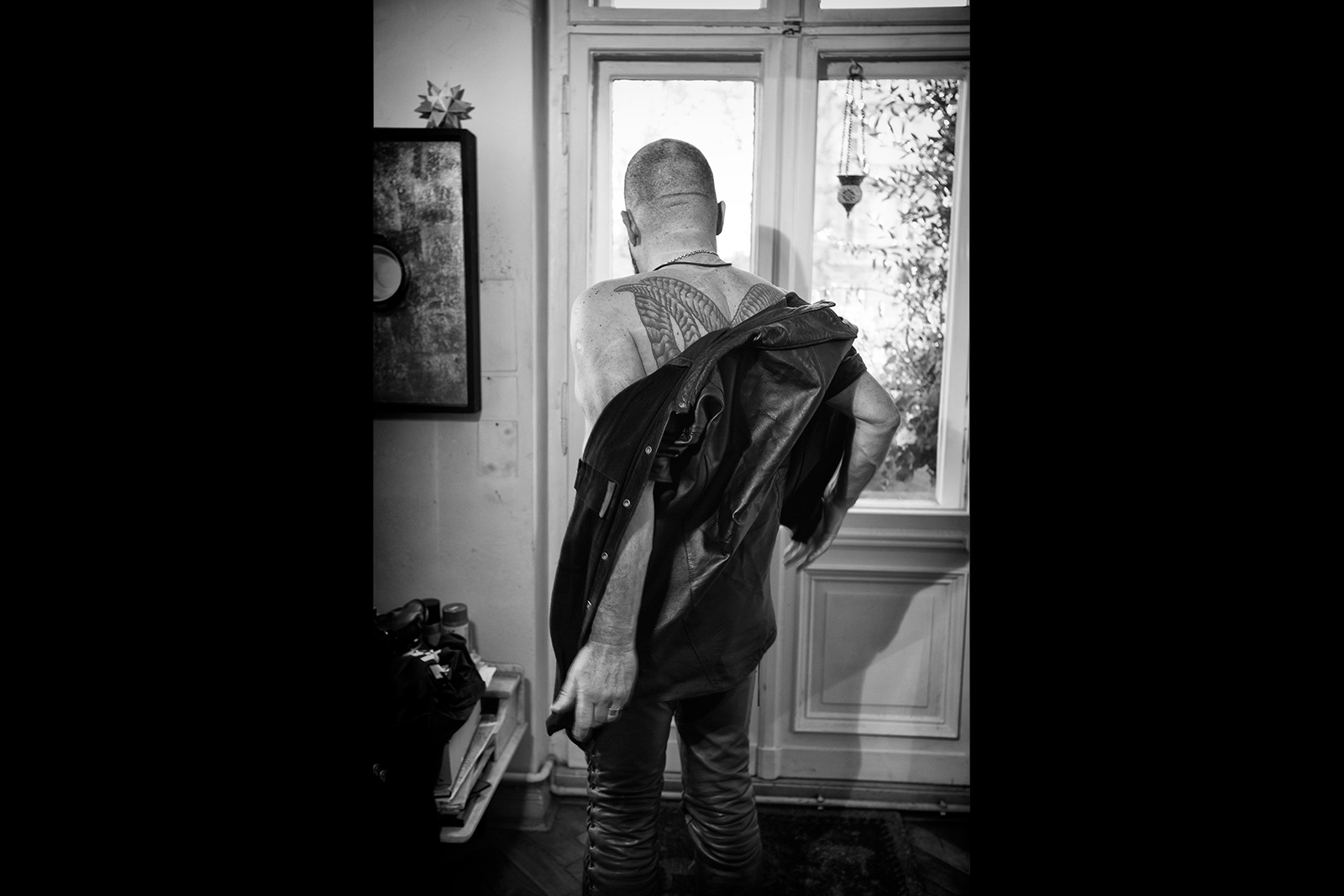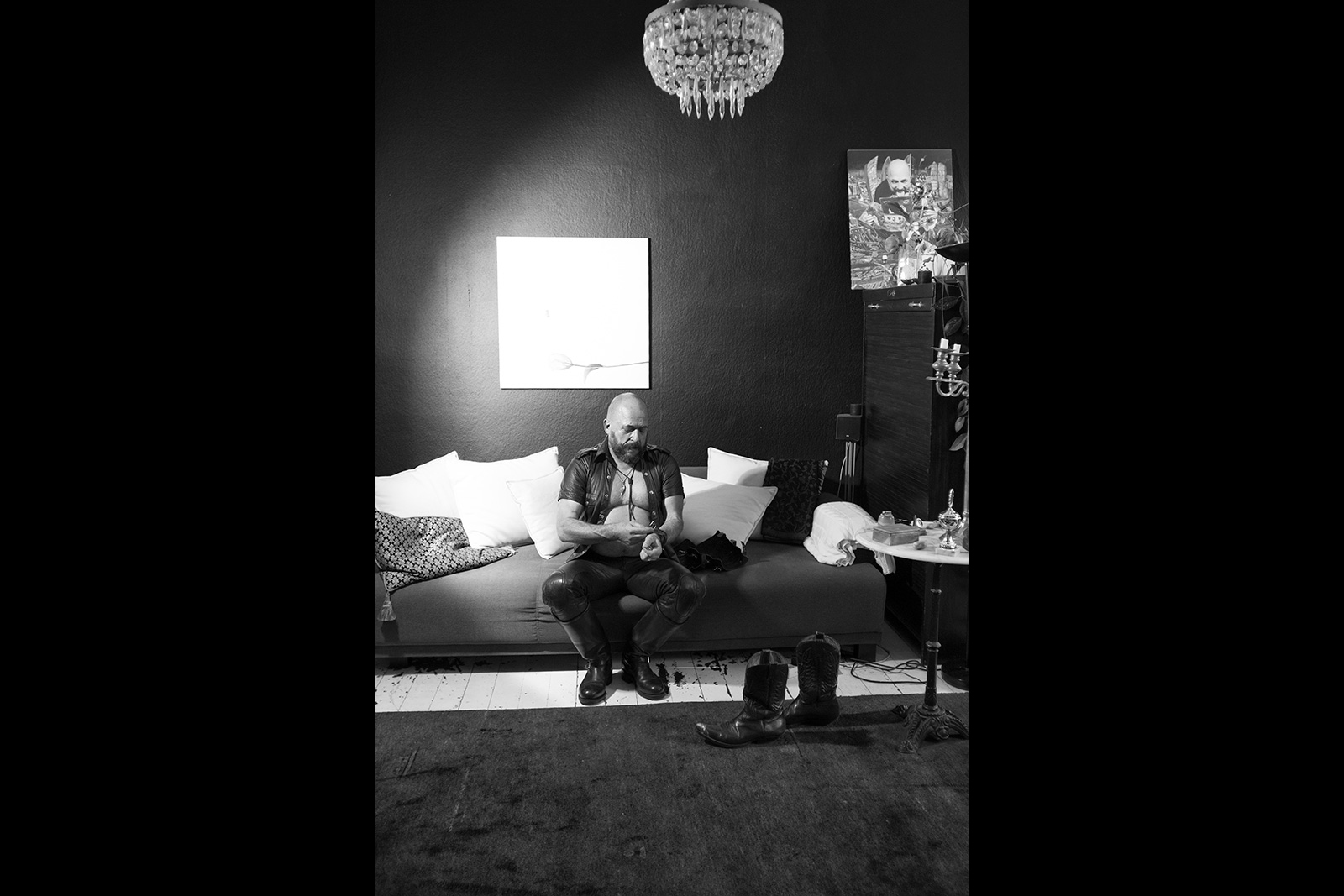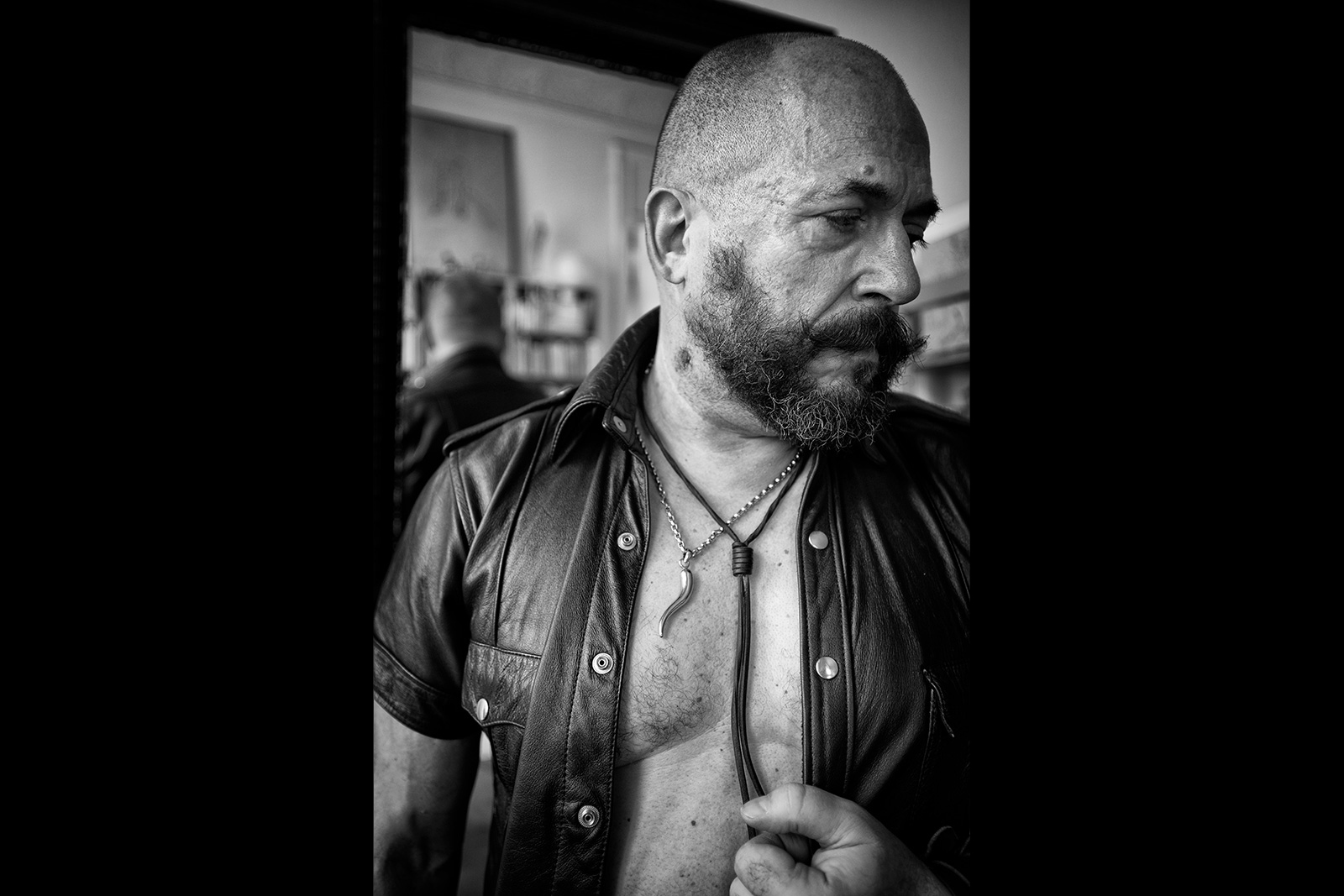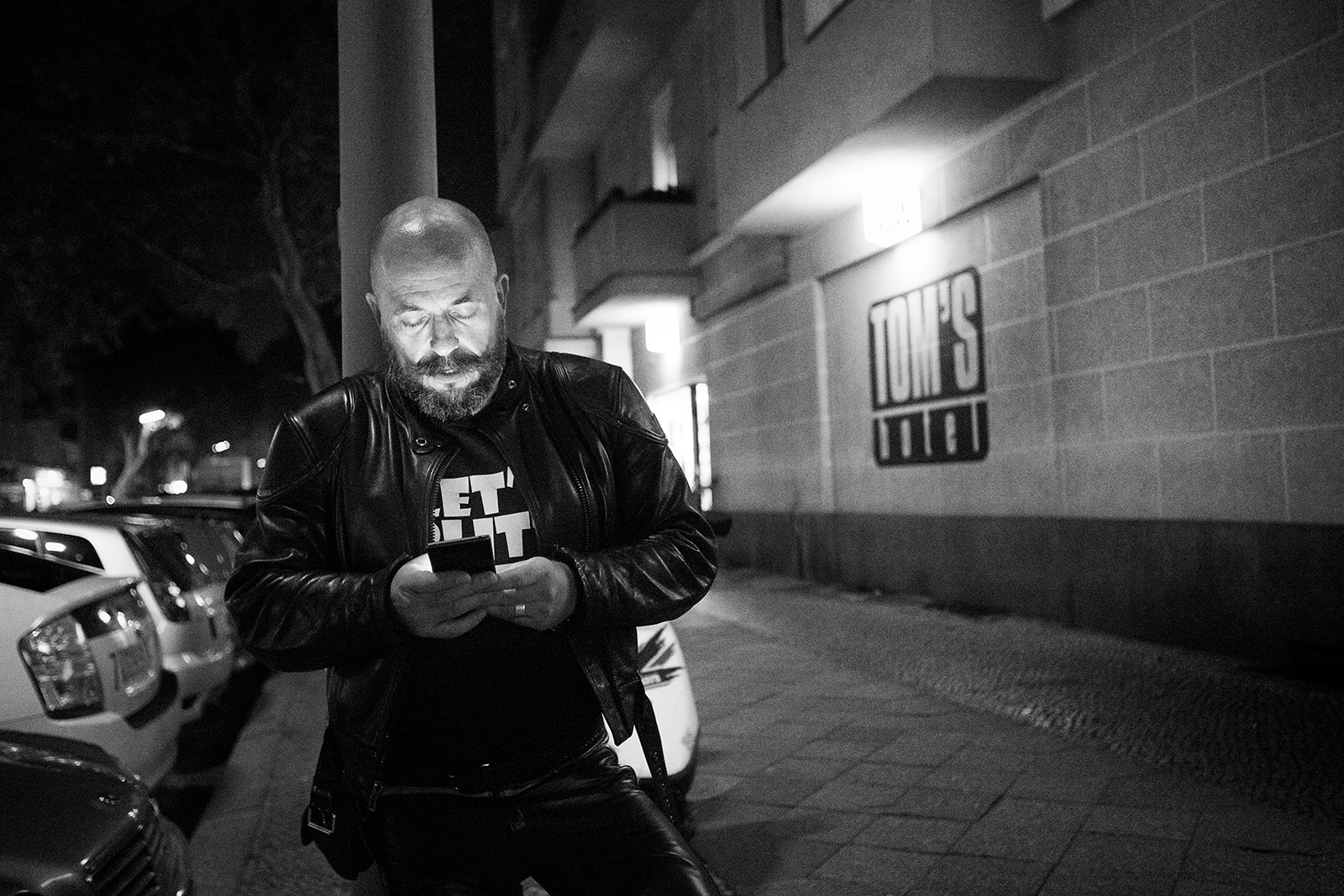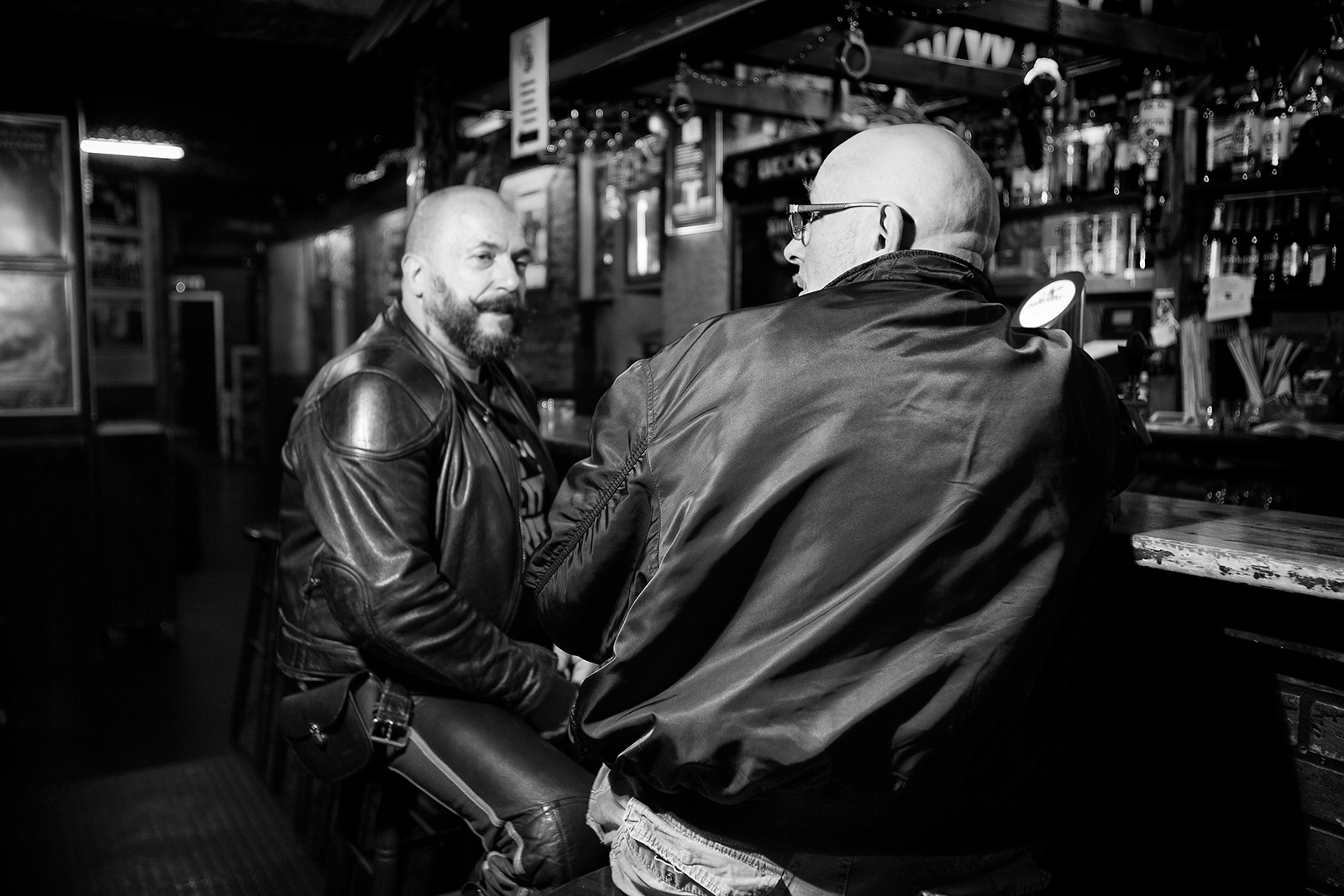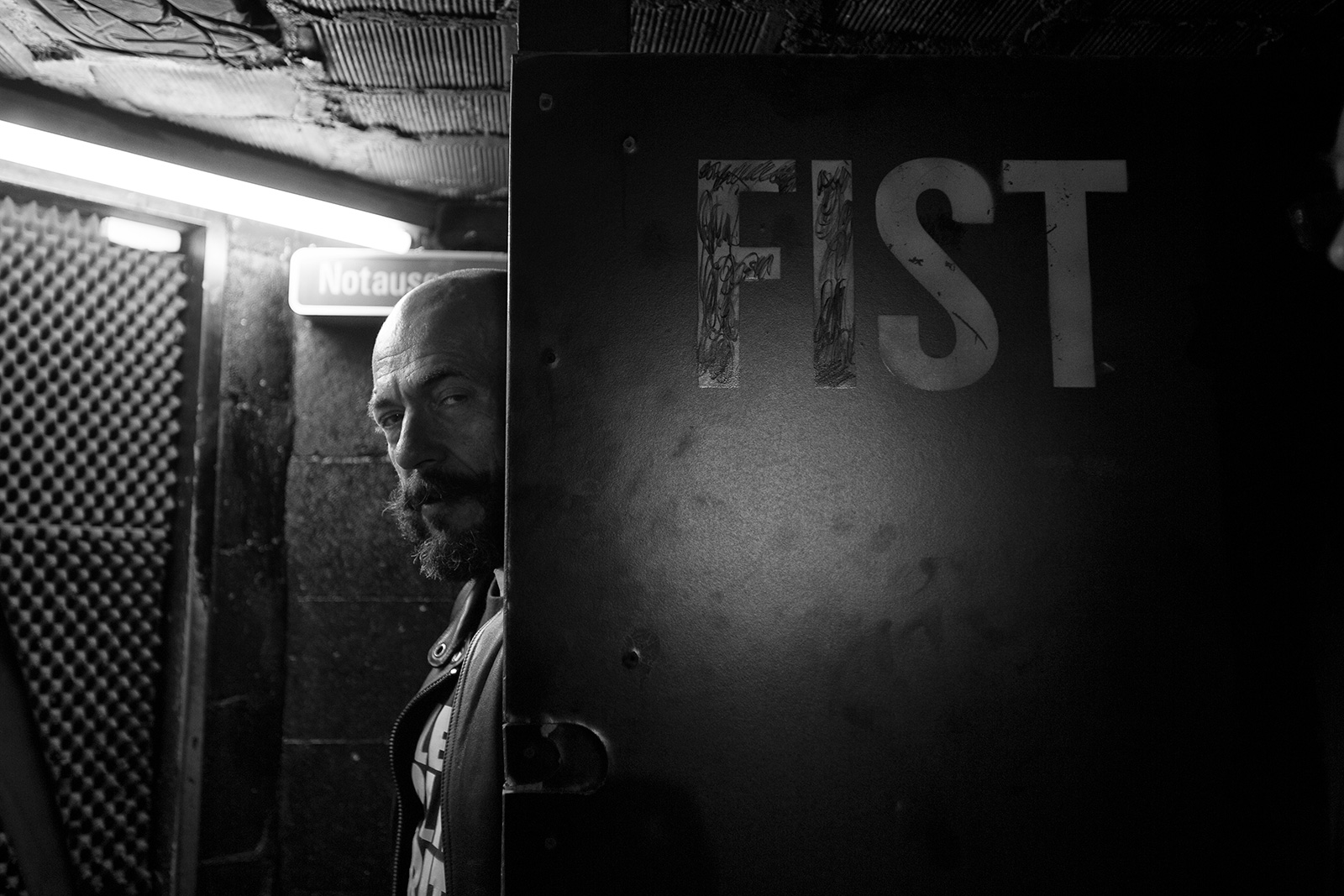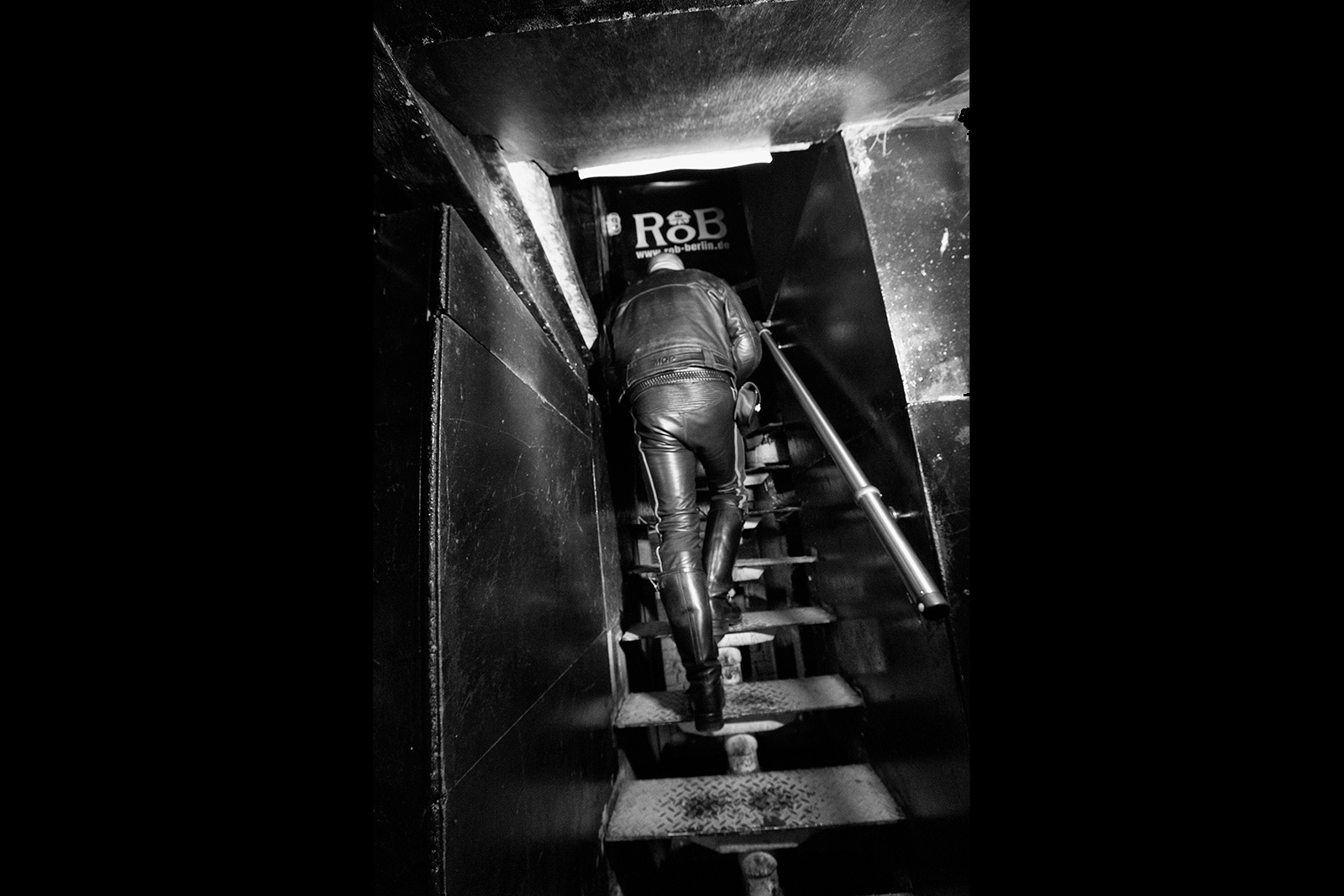Germany
Germany has a population of about 83 million. At the end of 2021 about 91000 people were living with HIV – with about 9000 being unaware of their infection.
Some 1800 people in Germany became infected with HIV in 2021.Half of these infections were attributed to unprotected sex between men about one-quarter to unprotectedsex between men and women and about one in six infections to the shared use of syringes and needlesfor drug use.
Roughly 2400 people were diagnosed with HIV in 2021 about one in threeof these HIV diagnoses were madeat a stage where the immune system had already been severely damaged and one in six even when AIDS symptoms were already present. The number of cases of HIV in Germany dropped significantly in the pandemic years of 2020 and 2021. However the number of reported cases in 2022 increased again to over 3.2 thousand. HIV treatment is readily available and most people living with HIV get it. But in general it can still be difficult to reach recent immigrants and asylum seekers with HIV information.
(Source: Robert Koch Institute)
Thomas
Berlin, Germany
The leather scene and HIV
In the early 80’s, at the start of the epidemic, gay men made up a large majority of the entire HIV population in Western Europe. This has hardly changed in the last 35 years.
Data from the Robert Koch Institute show that in Germany in 2015 homosexual men make up about 65 per cent of all HIV infected. This percentage will not decrease rapidly over the next few years as in 2014 gay men made up nearly 70 percent of all newly registered HIV infections.
A subculture in the gay community which has possibly been the worst hit by HIV and AIDS, is what we commonly call the ‘leather scene’. The men in this scene wear striking tough looking leather outfits. The men are proud of their fetish and their lifestyle in which sexuality plays an important role. In cities like Amsterdam, Berlin and San Francisco the ‘leather scene’ grew and flourished in the 80’s into a distinctive culture with its own bars, parties and conventions. There was plenty of experimenting with various forms of sexuality and in general these were not limited to one single sexual partner.
This organised world in which the men met, coupled with liberal sexual morals contributed to the rapid spread of HIV and AIDS in the 80’s and 90’s. The lack of effective medication against HIV led, at that time, to the death of many friends. Losing them was hard and painful but it also created a great sense of community in the scene. The men took care of each other even in difficult times
Where in 2015 in some cities like Amsterdam and London the ‘ leather scene ‘ seems to be losing its importance, in Berlin this subculture is blooming as never before. There are more pubs, clubs and venues than ever. Men from all over Europe come to Berlin to enjoy and exuberantly celebrate life with like-minded people. The highlight every year is FOLSOM BERLIN, a street festival in which the ‘leather scene’ shows itself in all its exuberance and extravagance to residents and visitors to the city.
Liberal sexual morality is still an important aspect of this subculture, as is, unfortunately, the large number of men infected with HIV. Some of them, like Thomas, were infected in the 90’s, but there are also men who have only been carriers of the virus for a short time. The improved HIV medication which is nowadays available to all in Germany, ensures that it is, in most cases, easier to live with HIV than before. But it seems that the HIV virus will remain strongly connected to the “leather scene” for the years to come.

HelpingHand

HelpingHand 3

Renate


